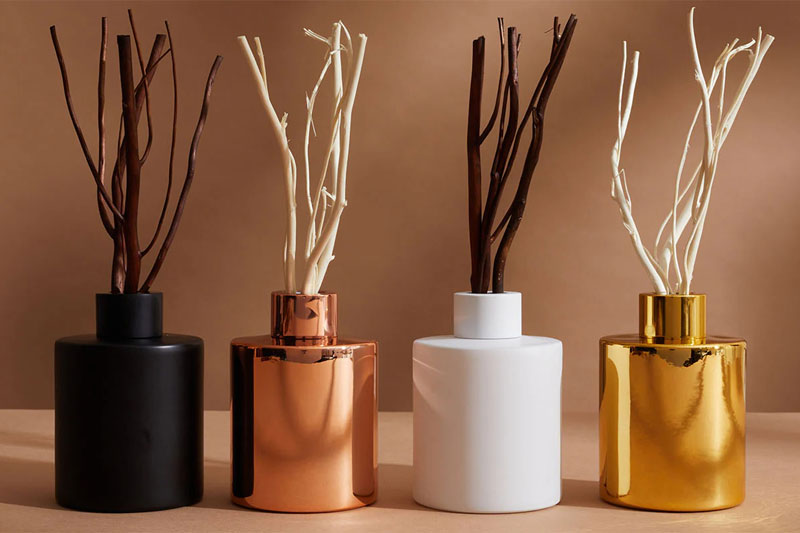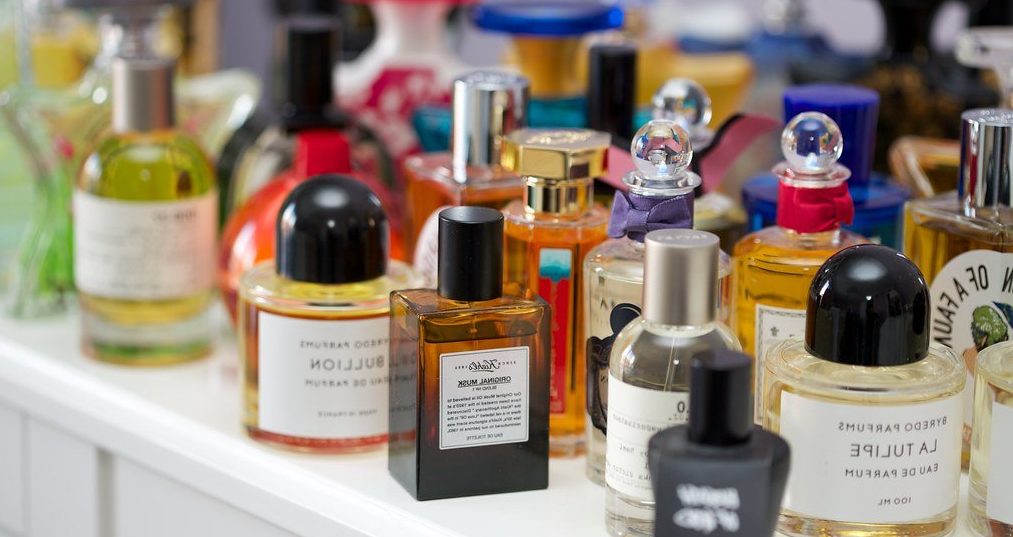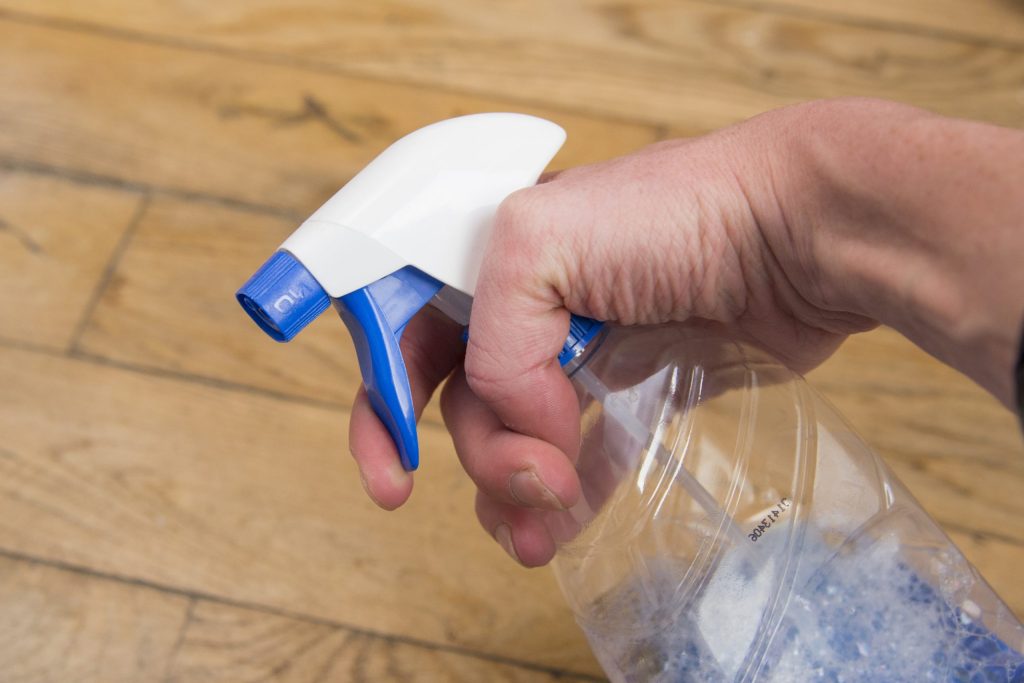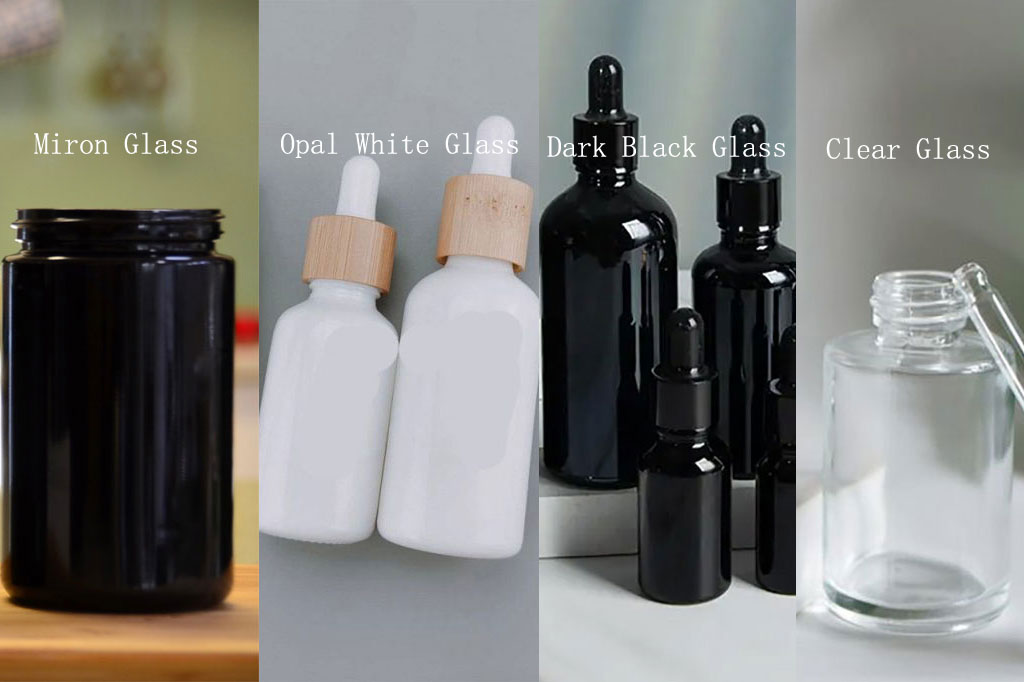Reed diffusers have become a popular and stylish method for continuous, flame-free home fragrance. At the heart of a reed diffuser’s performance are the reeds themselves—slender sticks that wick the fragrance oil up and disperse it into the air.
While they may appear simple, the type of reed used can significantly affect how efficiently and evenly a fragrance is distributed.
In this article, we explore the most common reed types used in reed diffuser bottles, their characteristics, and how to choose the right one for your needs.
1. Rattan Reeds
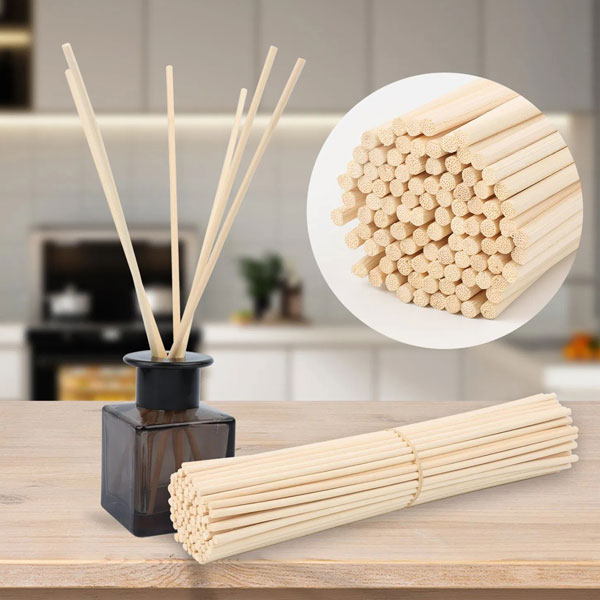
Rattan is the most traditional and widely used reed material for diffusers. It is a natural vine-like plant that is sustainably harvested and dried.
Features:
- Contains natural hollow channels (capillaries) that effectively absorb and diffuse oils.
- Offers consistent and steady fragrance release.
- Typically available in natural or dyed colors.
Best For:
Most types of diffuser oils, especially in home, office, or spa settings where a reliable, long-lasting aroma is desired.
Tip:
Use 6–10 sticks for moderate rooms; flip the reeds every few days to refresh the scent.
2. Fiber Reeds
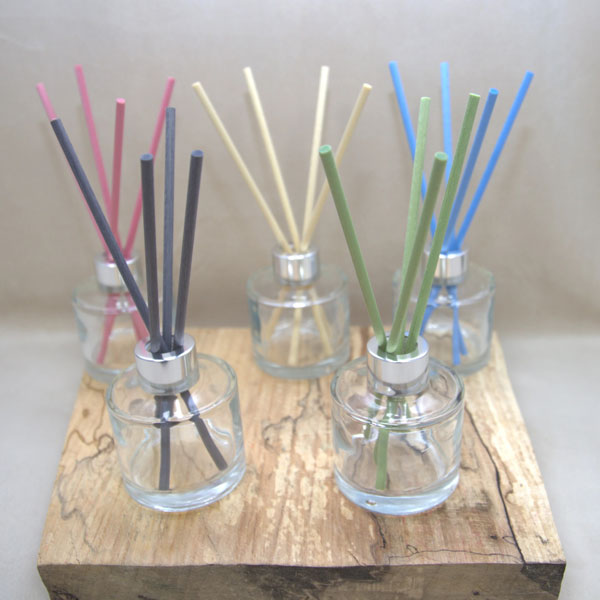
Fiber reeds are made from engineered synthetic or porous materials designed to outperform natural reeds in terms of absorption and diffusion.
Features:
- Uniform pore structure for consistent fragrance flow.
- Available in multiple colors without bleeding into the oil.
- Often more efficient than rattan—fewer sticks needed for stronger scent.
Types:
- Polyester Fiber Reeds – Durable and clean; commonly used in commercial settings.
- Cotton Fiber Reeds – Softer and biodegradable alternative with good oil compatibility.
Best For:
Strong fragrance delivery, decorative diffusers, and commercial-grade scenting solutions.
3. Bamboo Reeds
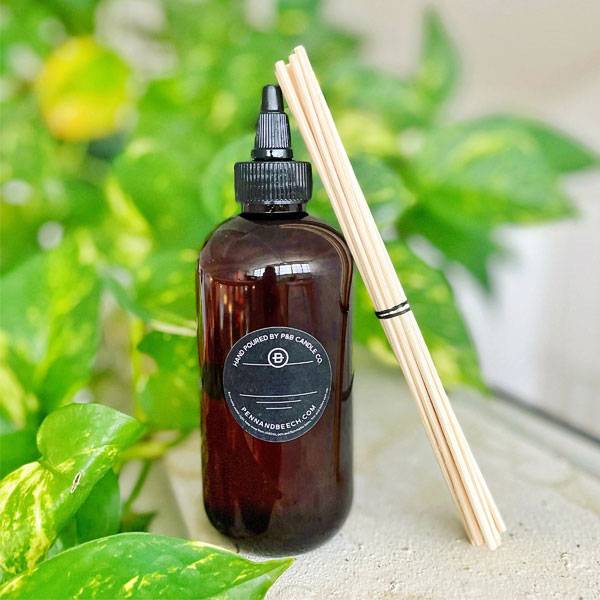
Bamboo reeds are solid stalks, not porous like rattan, and thus are less efficient at wicking.
Features:
- Generally used for decorative purposes rather than functional scent dispersion.
- Absorbs oil only at the outer surface—poor performance for scent throw.
Best For:
Visual aesthetics rather than active diffusion. Not recommended for functional diffuser use.
4. Wooden Reeds
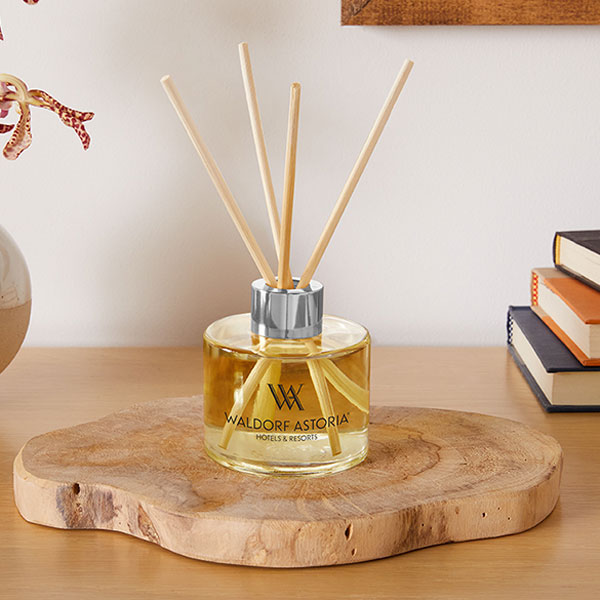
Made from different wood types (like birch or beech), wooden sticks offer a rustic look and a slow scent diffusion rate.
Features:
- Absorb oil more slowly than rattan or fiber reeds.
- Provide subtle, gradual fragrance release.
- Can be carved or shaped for aesthetic appeal.
Best For:
Mild fragrance lovers or those who prefer low-maintenance diffusers in small spaces.
5. Spiral or Decorative Reeds
These are usually made from rattan or fiber but feature twisted, curled, or floral shapes.
Features:
- Enhance visual appeal of the diffuser bottle.
- May slightly reduce capillary action due to shape.
- Available in creative, themed designs (e.g., flower tops, loops).
Best For:
Gift sets, boutique diffusers, or luxury interiors where style is as important as scent.
How to Choose the Right Reed Type
| Reed Type | Scent Strength | Appearance | Ideal Use Case | Flip Frequency |
|---|---|---|---|---|
| Rattan | Medium-High | Natural/Neutral | Everyday use, home, office | Every 3–4 days |
| Fiber (Polyester) | High | Colored | Strong scent throw, commercial use | Weekly |
| Bamboo | Low | Decorative | Visual décor only | Not required |
| Wooden | Low-Medium | Rustic look | Small rooms, subtle scenting | Every 5–6 days |
| Decorative/Spiral | Medium | Artistic | Gifting, luxury sets | As needed |

